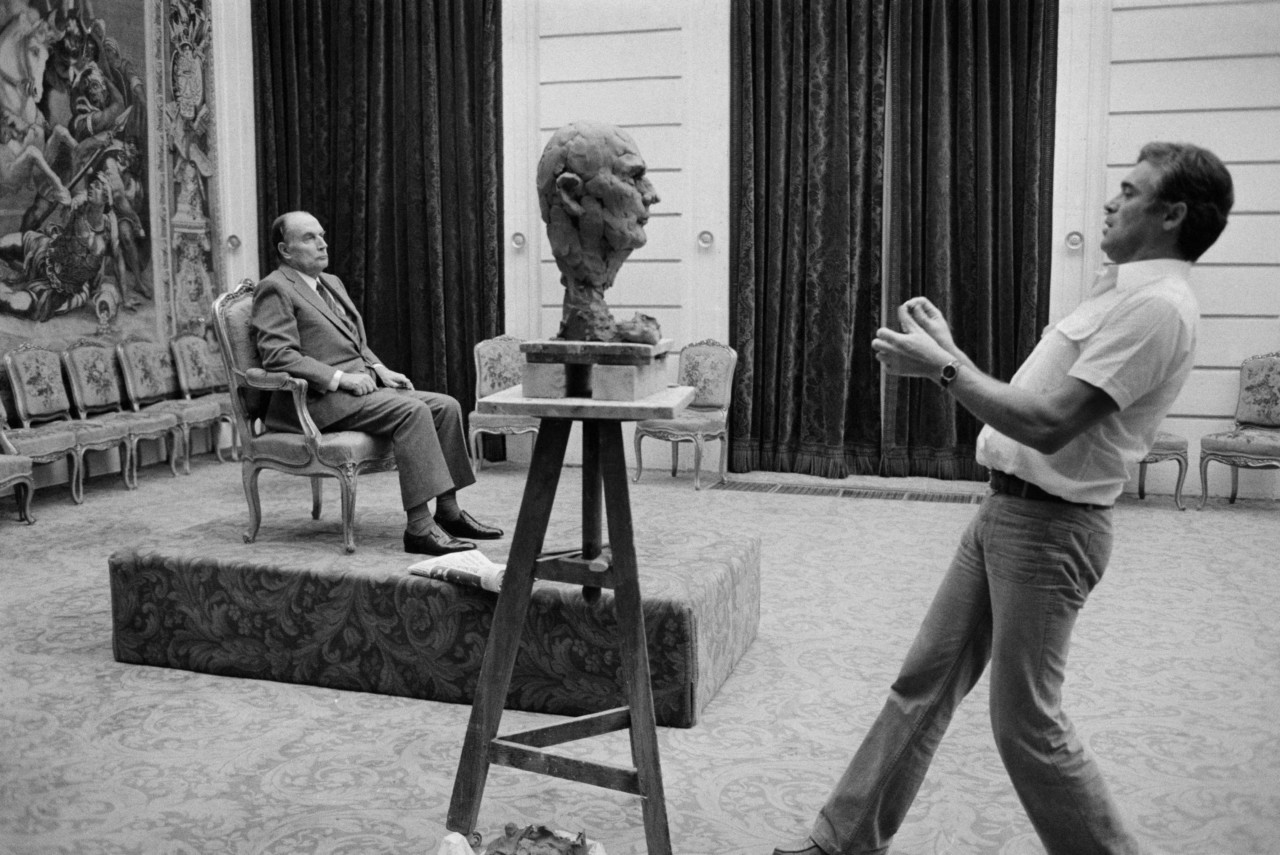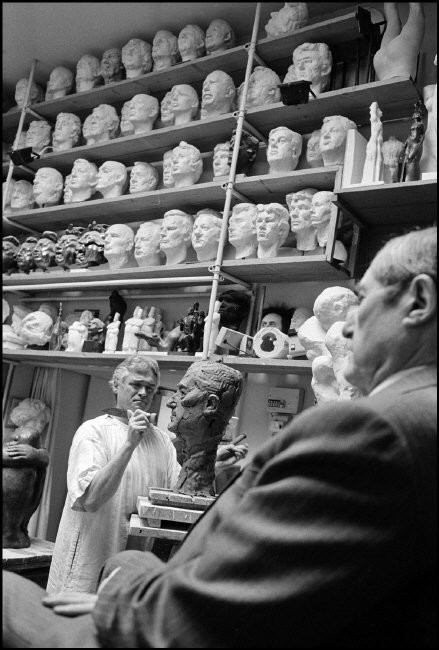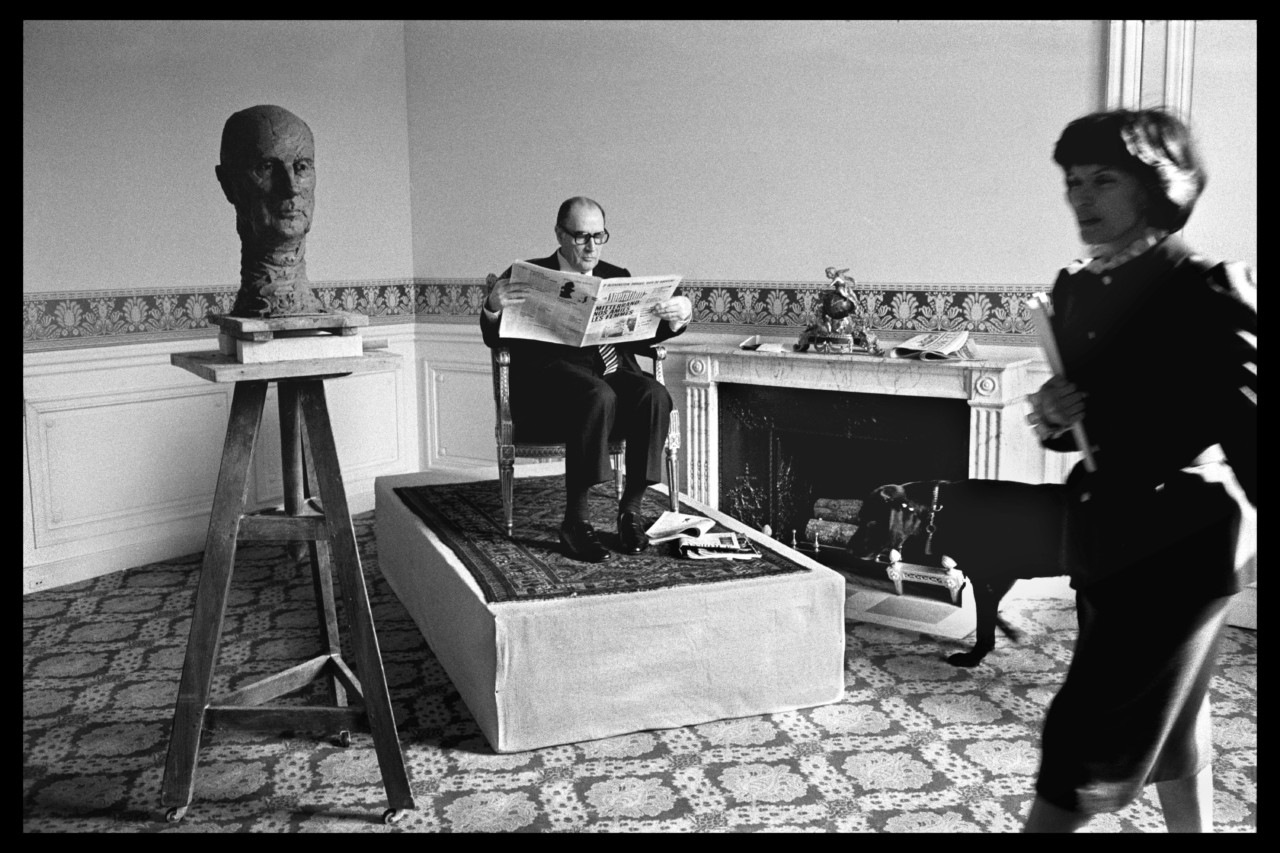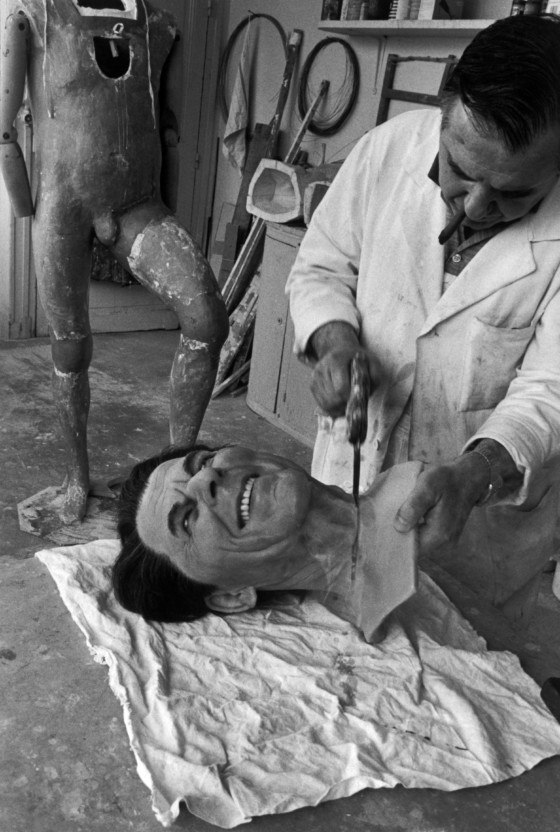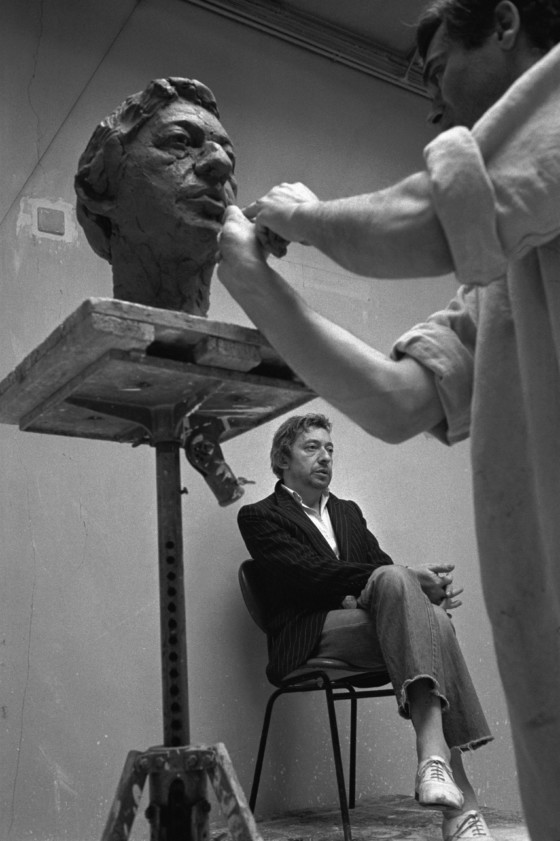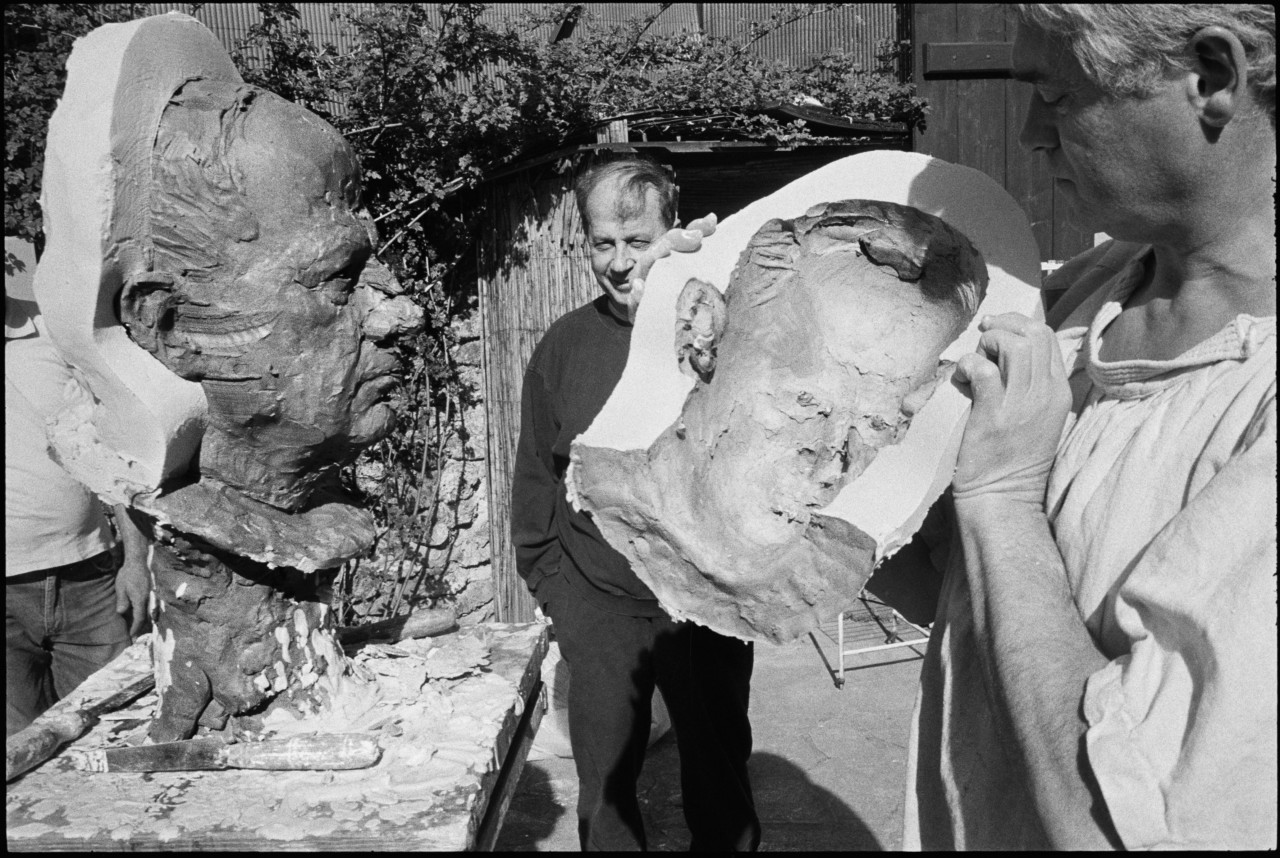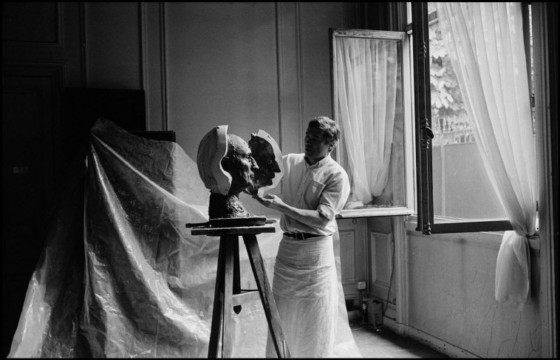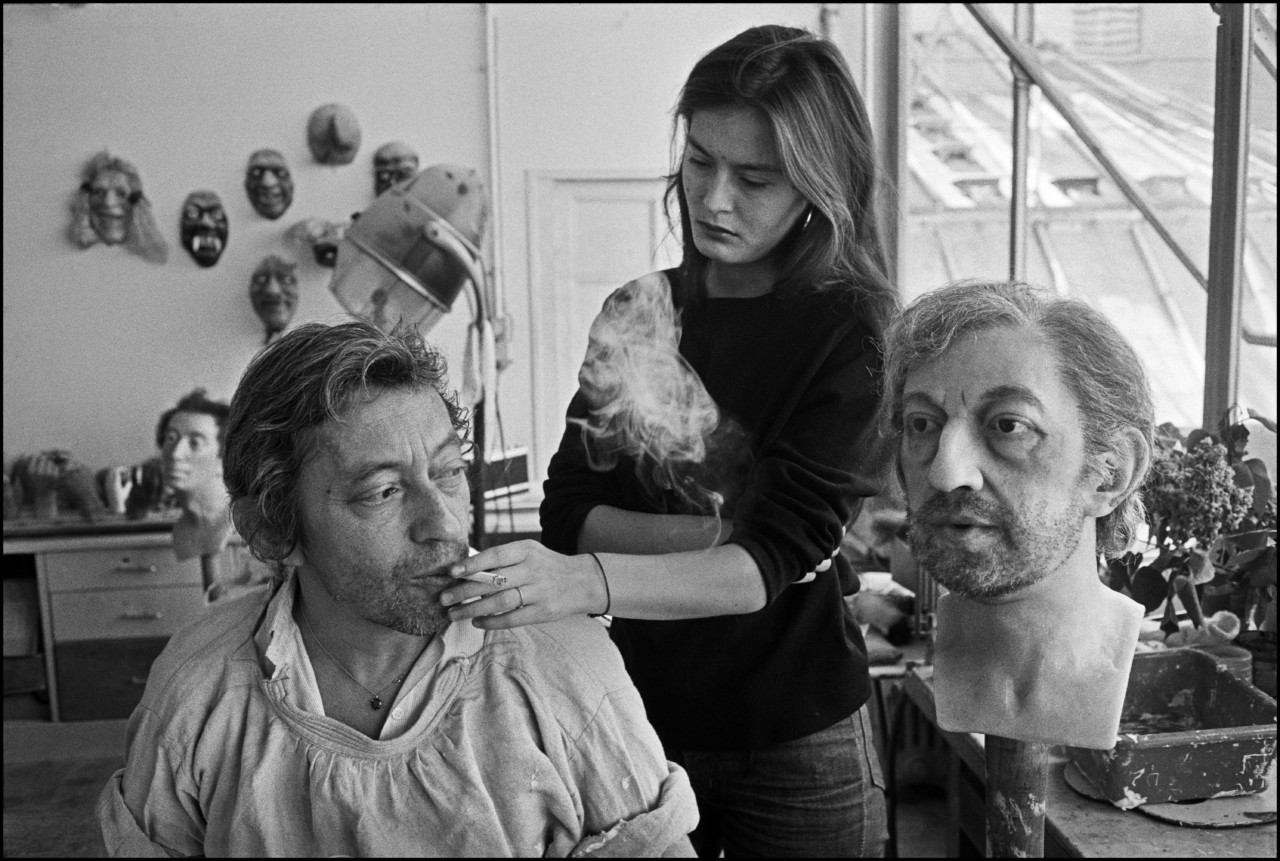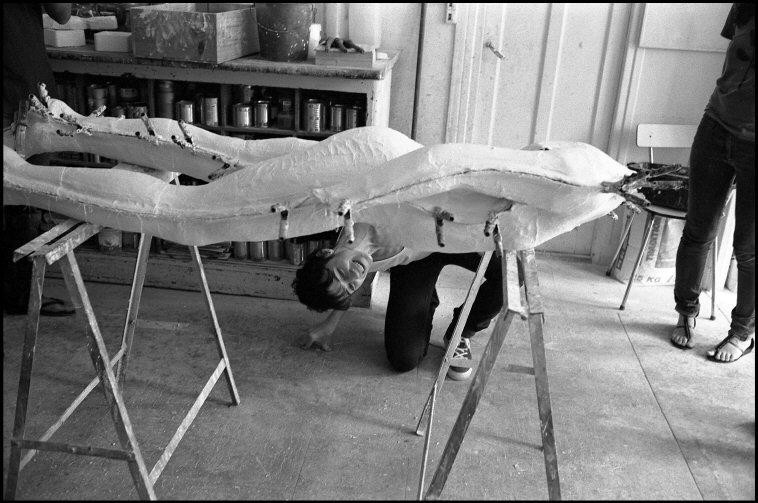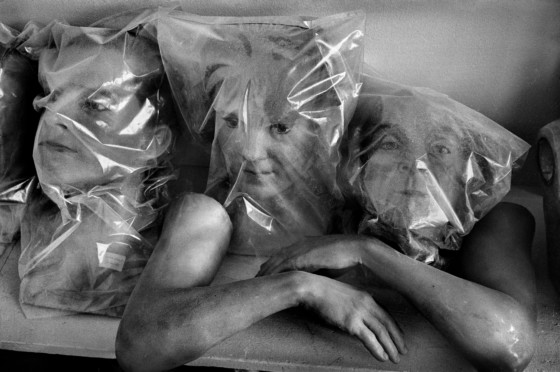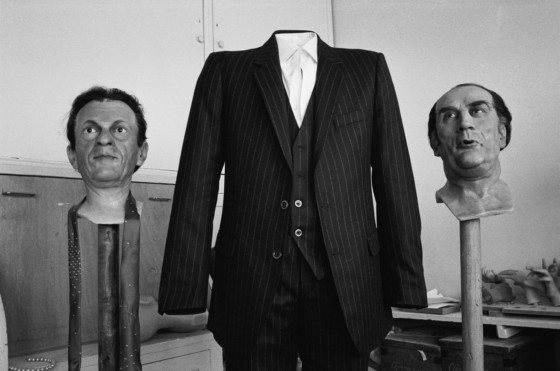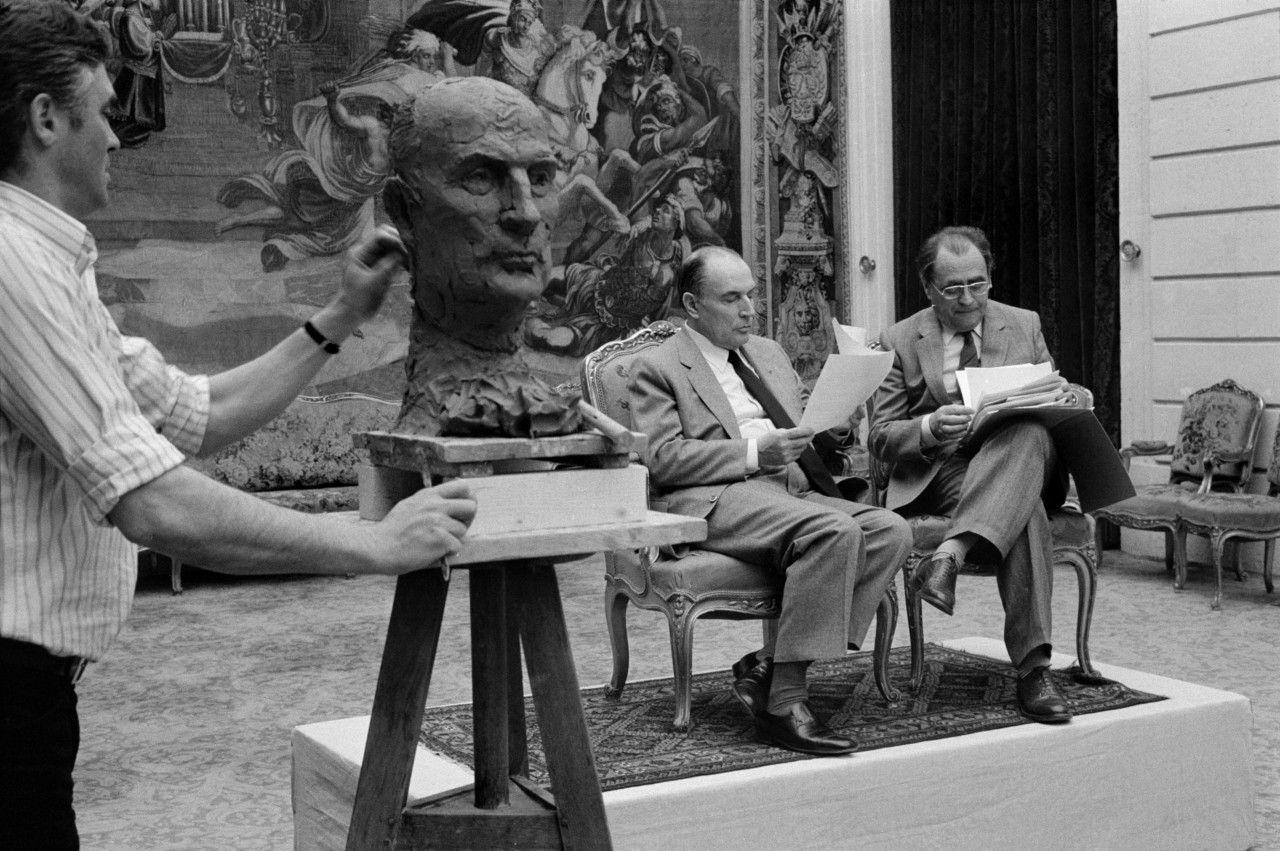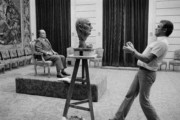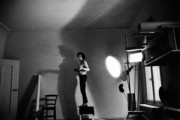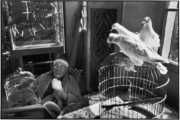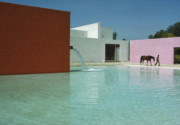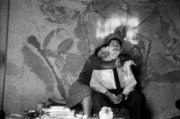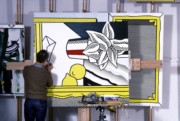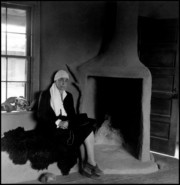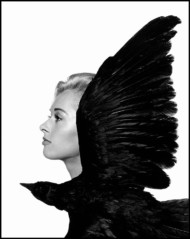In the Studio: Daniel Druet
Countless celebrities posed for the French wax sculptor who aimed to capture the ‘soul’, not just the likeness, of his subjects
In the Studio is a series dedicated to the photographic documentation of artists within their workspaces. Over more than seven decades Magnum’s member-photographers have captured images of the inner sanctums of many artists, often forging long-standing working or creative partnerships with them in the process. The images made in the studios of artists, in the company of their creatively imposing occupiers, reveal everything from insights on techniques and fabrication processes to illuminating clutter, reassuringly normal mess, and hints at the personal lives of individuals beyond their well-known artistic output.
You can see other stories from the In the Studio series here.
Here we look at just some of the many images made by French photographer Guy Le Querrec of the sculptor Daniel Druet. Le Querrec photographed Druet many times over decades as he created likenesses – often uncannily acurate ones – of France’s most famous faces, from Mitterand to Gainsbourg.
In Daniel Druet’s studio, more than 80 human heads loom from the shelves. Many are recognizable as the most famous French personalities of the 21st Century; showbiz stars, politicians, writers and sportsmen. The heads are ghosts of those who have come to pose for Druet, who, with extraordinary skill and patience, seemingly creates life from wax and clay. The many heads that line these shelves are a testament to the sculptor’s prolific and celebrated career.
Magnum photographer Guy Le Querrec has visited Druet’s Parisian studio, 14th Arrondissement, countless times over the course of many decades and captured the various stages of the sculpting process, including the often intimate and extended exchanges between artist and sitter, as the provisionary clay bust is realised.
Capturing the ‘soul’ of the subject is of principal importance to Druet; he wishes to go beyond appearances, beyond the physical. “The starting point for the realization of any wax figure lies in a search that could be described as ‘psychological’,” said Druet of his method. “This initial step is indispensable and can be translated either by an encounter with the model (the pose session) when it is about a contemporary personality, or, for the historical figures, by an investigation through the books – the biographies in particular – and, of course, paintings, sculptures and portraits of all kinds (drawings, engravings, prints etc) with the effigy of the character.”
"The starting point for the realization of any wax figure lies in a search that could be described as ‘psychological’."
- Daniel Druet
Druet also casts on live models, as Le Querrec has documented. This process, unlike the distant formality of sketching or clay sculpting, requires the sitter to offer up their body in its entirety. One such sitter was singer-songwriter Serge Gainsbourg, who, in 1981, is pictured with his arm draped in plaster cast as his then-girlfriend, songwriter and model Bambou, helps him smoke a cigarette. Gainsbourg’s wax effigy was bound for the renowned Musée Grévin wax museum, where it still resides.
The final stages in the creation of the wax effigy in when the person really comes to life; the face is painted, make-up is applied, glass eyes are inlaid (using real medical prostheses) and real hair is implanted into scalp and face. Through all of these stages Druet believes “it is essential that the sculptor has in mind the deep character of his subject”. Indeed, so lifelike should it be that upon final appraisal, one must be able to say: ‘I know him, I met him …’”
The President of the French Republic, François Mitterrand, posed for eight sittings with Druet from January to April 1982. During the eighth sitting, the sculptor, unsatisfied with his work, destroyed the bust. The final sculpture was realized during the pair’s last two sittings in October 1983, a year and a half later.
Druet, now 78, trained in sculpture at the École Nationale Supérieure des Beaux-Arts under Louis Leygues, and gained early recognition for his talent; first prize in the Monumental Art Competition in 1966, and two Grand Prix of Rome in 1967 and 1968. His wax effigies can now be found in museums and private collections around the world.


